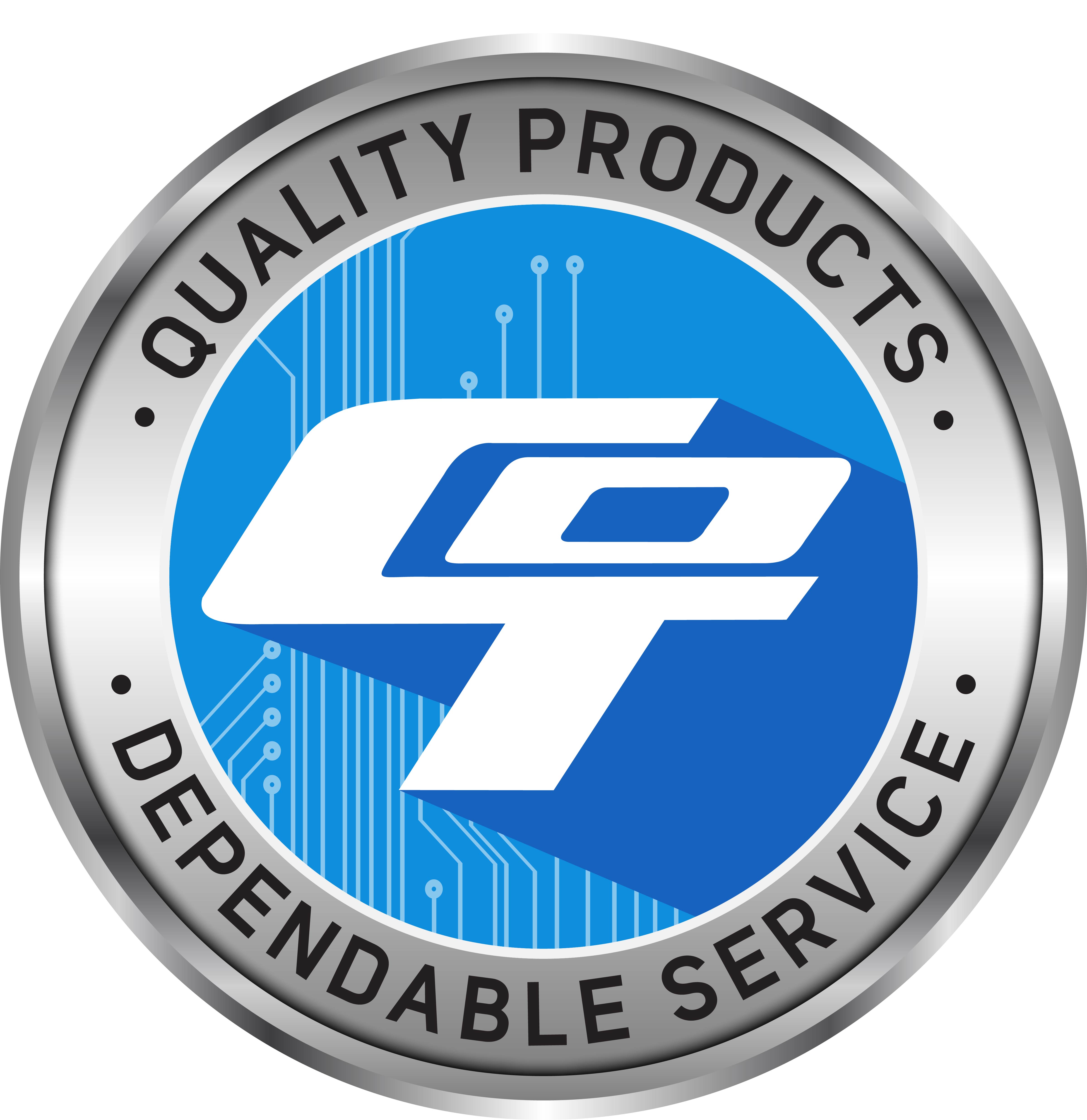Technical Library | 2023-01-17 17:58:36.0
Heterogeneous integration has become an important performance enabler as high-performance computing (HPC) demands continue to rise. The focus to enable heterogeneous integration scaling is to push interconnect density limit with increased bandwidth and improved power efficiency. Many different advanced packaging architectures have been deployed to increase I/O wire / area density for higher data bandwidth requirements, and to enable more effective die disaggregation. Embedded Multi-die Interconnect Bridge (EMIB) technology is an advanced, cost-effective approach to in-package high density interconnect of heterogeneous chips, providing high density I/O, and controlled electrical interconnect paths between multiple dice in a package. In emerging architectures, it is required to scale down the EMIB die bump pitch in order to further increase the die-to-die (D2D) communication bandwidth. Aa a result, bump pitch scaling poses significant challenges in the plated solder bump reflow process, e.g., bump height / coplanarity control, solder wicking control, and bump void control. It's crucial to ensure a high-quality solder bump reflow process to meet the final product reliability requirements. In this paper, a combined formic acid based fluxless and vacuum assisted reflow process is developed for fine pitch plated solder bumping application. A high-volume production (HVM) ready tool has been developed for this process.
Technical Library | 2015-12-31 15:19:28.0
Today's consumer electronic product are characterized by miniatuization, portability and light weight with high performance, especially for 3G mobile products. In the future more fine pitch CSPs (0.4mm) component will be required. However, the product reliability has been a big challenge with the fine pitch CSP. Firstly, the fine pitch CSPs are with smaller solder balls of 0.25mm diameter or even smaller. The small solder ball and pad size do weaken the solder connection and the adhesion of the pad and substrate, thus the pad will peel off easily from the PCB substrate. In addition, miniature solder joint reduce the strength during mechanical vibration, thermal shock, fatigue failure, etc. Secondly, applying sufficient solder paste evenly on the small pad of the CSP is difficult because stencil opening is only 0.25mm or less. This issue can be solved using the high end type of stencil such as Electroforming which will increase the cost.
Technical Library | 2015-09-23 22:08:32.0
A molded interconnect device (MID) is an injection molded thermoplastic substrate which incorporates a conductive circuit pattern and integrates both mechanical and electrical functions. (...) Flip chip bonding of bare die on MID can be employed to fully utilize MID’s advantage in device miniaturization. Compared to the traditional soldering process, thermo-compression bonding with gold stud bumps provides a clear advantage in its fine pitch capability. However, challenges also exist. Few studies have been made on thermocompression bonding on MID substrate, accordingly little information is available on process optimization, material compatibility and bonding reliability. Unlike solder reflow, there is no solder involved and no “self-alignment,” therefore the thermo-compression bonding process is significantly more dependent on the capability of the machine for chip assembly alignment.
Technical Library | 2020-05-07 03:46:27.0
The selective soldering process has evolved to become a standard production process within the electronics assembly industry, and now accommodates a wide variety of through-hole component formats in numerous applications. Most through-hole components can be easily soldered with the selective soldering process without difficulty, however some types of challenging components require additional attention to ensure optimum quality control is maintained. Several high thermal mass components can place demands on the selective soldering process, while the use of specialized solder fixtures and/or pallets often places an additional thermal demand on the preheating process. Fine-pitch through-hole components and connectors place a different set of demands on the selective soldering process and typically require special attention to lead projection and traverse speed to minimize bridging between adjacent pins. Dual in-line memory module (DIMM) connectors, compact peripheral component interface (cPCI) connectors, coax connectors and other high thermal mass components as well as fine-pitch microconnectors,can present challenges when soldered into backplanes or multilayer printed circuit board assemblies. Adding to this challenge, compact peripheral component interface connectors can present additional solderability issues due to their beryllium copper termination pins.
Technical Library | 2022-08-08 15:06:06.0
Selective soldering has evolved to become a standard production process within the electronics assembly industry, and now accommodates a wide variety of through-hole component formats in numerous applications. Most through-hole components can be easily soldered with the selective soldering process without difficulty however some types of challenging components require additional attention to ensure that optimum quality is maintained. Several high thermal mass components can place demands on the selective soldering process, while the use of specialized solder fixtures, or solder pallets, often places additional thermal demand on the preheating process. Fine-pitch through-hole components and connectors place a different set of demands on the selective soldering process and typically require special attention to lead projection and traverse speed to minimize bridging between adjacent pins. Dual in-line memory module (DIMM) connectors, compact peripheral component interface (cPCI) connectors, coax connectors and other high thermal mass components as well as fine-pitch microconnectors, can present challenges when soldered into backplanes or multilayer printed circuit board assemblies. Adding to this challenge, compact peripheral component interface connectors can present additional solderability issues because of their beryllium copper base metal pins. Key Terms: Selective soldering, drop-jet fluxing, sustained preheating, flux migration, adjacent clearance, lead-to-hole aspect ratio, lead projection, thermal reliefs, gold embrittlement, solderability testing.
| 1 |

COT specializes in high quality SMT nozzles and consumables for pick and place machines. We provide special engineering design service of custom nozzles for those unique and odd components.
2481 Hilton Drive
Gainesville, GA USA
Phone: (770) 538-0411